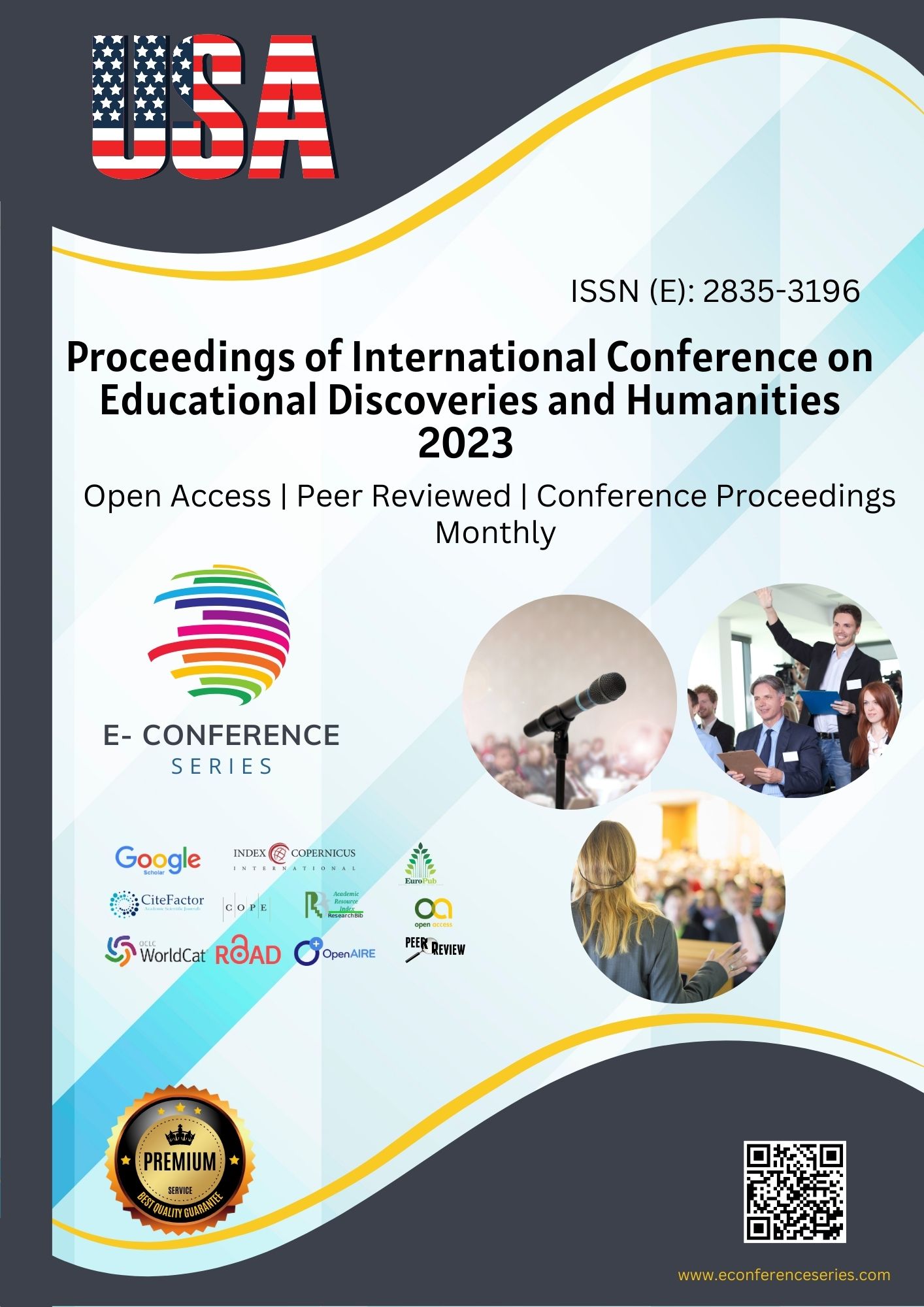USE AND ANALYSIS OF 3D BIOPRINTER IN EXAMINATION OF HUMAN INTERNAL ORGANS AND CREATION OF THEIR MODELS
Abstract
The use of 3D bioprinting technology has revolutionized the way we examine human internal organs and create models for research and medical purposes. This paper presents a comprehensive analysis of the use of 3D bioprinter in examination of human internal organs and creation of their models. The study focuses on the different techniques used in 3D bioprinting technology, and the challenges associated with its use. The paper also highlights the advantages and limitations of 3D bioprinting technology in creating models of human internal organs.
References
Boland, T., Mironov, V., Gutowska, A., Roth, E. A., & Markwald, R. R. (2003). Cell and organ printing 2: fusion of cell aggregates in three-dimensional gels. The Anatomical Record Part A: Discoveries in Molecular, Cellular, and Evolutionary Biology, 272(2), 497-502.
Derby, B. (2012). Printing and prototyping of tissues and scaffolds. Science, 338(6109), 921-926.
Hong, S., Kim, W., & Lee, S. (2019). Recent advances in 3D bioprinting technology for cardiovascular tissue engineering. Cardiovascular research, 115(5), e32-e45.
Murphy, S. V., & Atala, A. (2014). 3D bioprinting of tissues and organs. Nature biotechnology, 32(8), 773-785.
Mironov, V., Kasyanov, V., Drake, C., & Markwald, R. R. (2008). Organ printing: promises and challenges. Regenerative medicine, 3(1), 93-103.
Norotte, C., Marga, F. S., Niklason, L. E., & Forgacs, G. (2009). Scaffold-free vascular tissue engineering using bioprinting. Biomaterials, 30(30), 5910-5917.
Downloads
Published
Issue
Section
License

This work is licensed under a Creative Commons Attribution-NonCommercial 4.0 International License.








